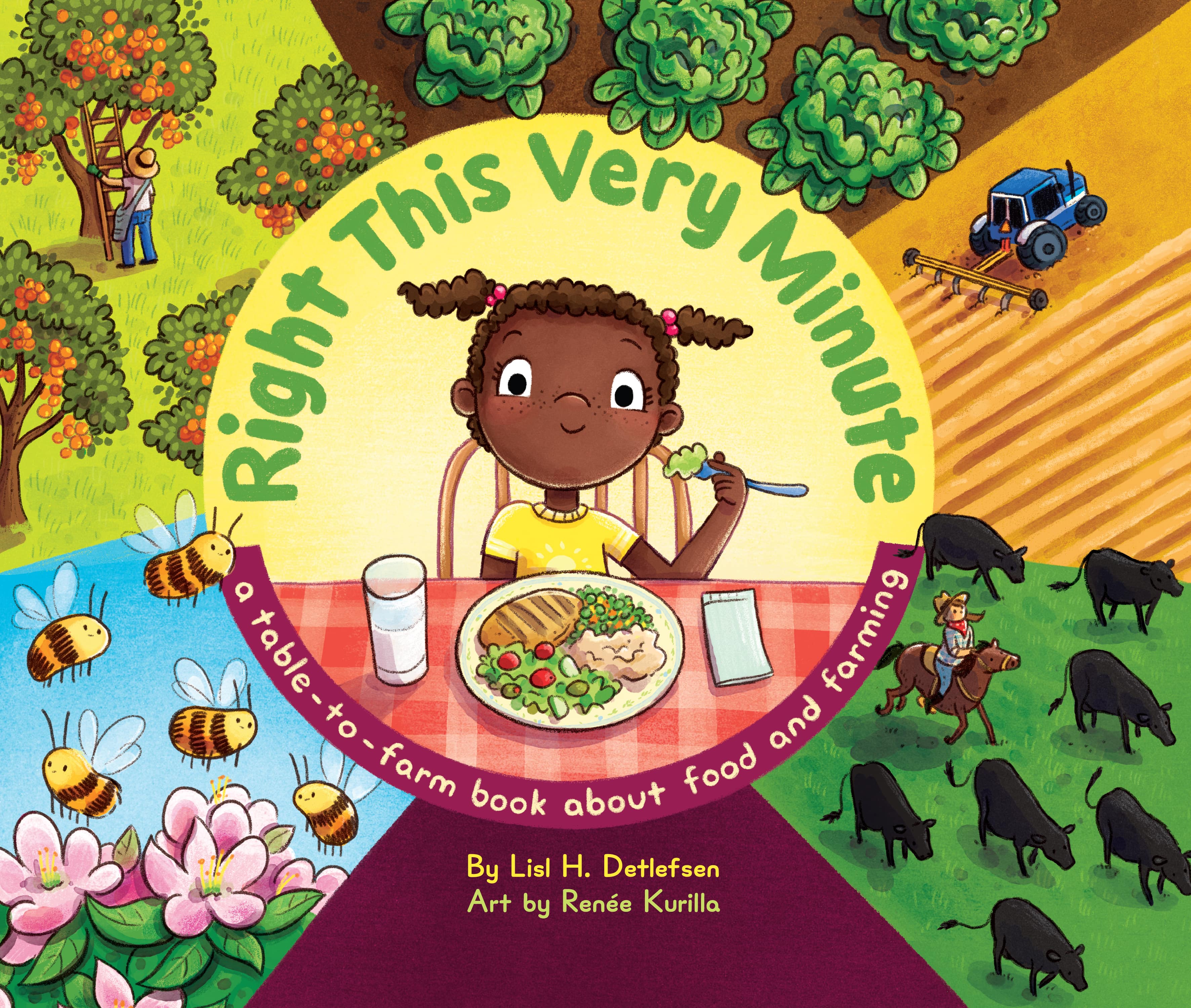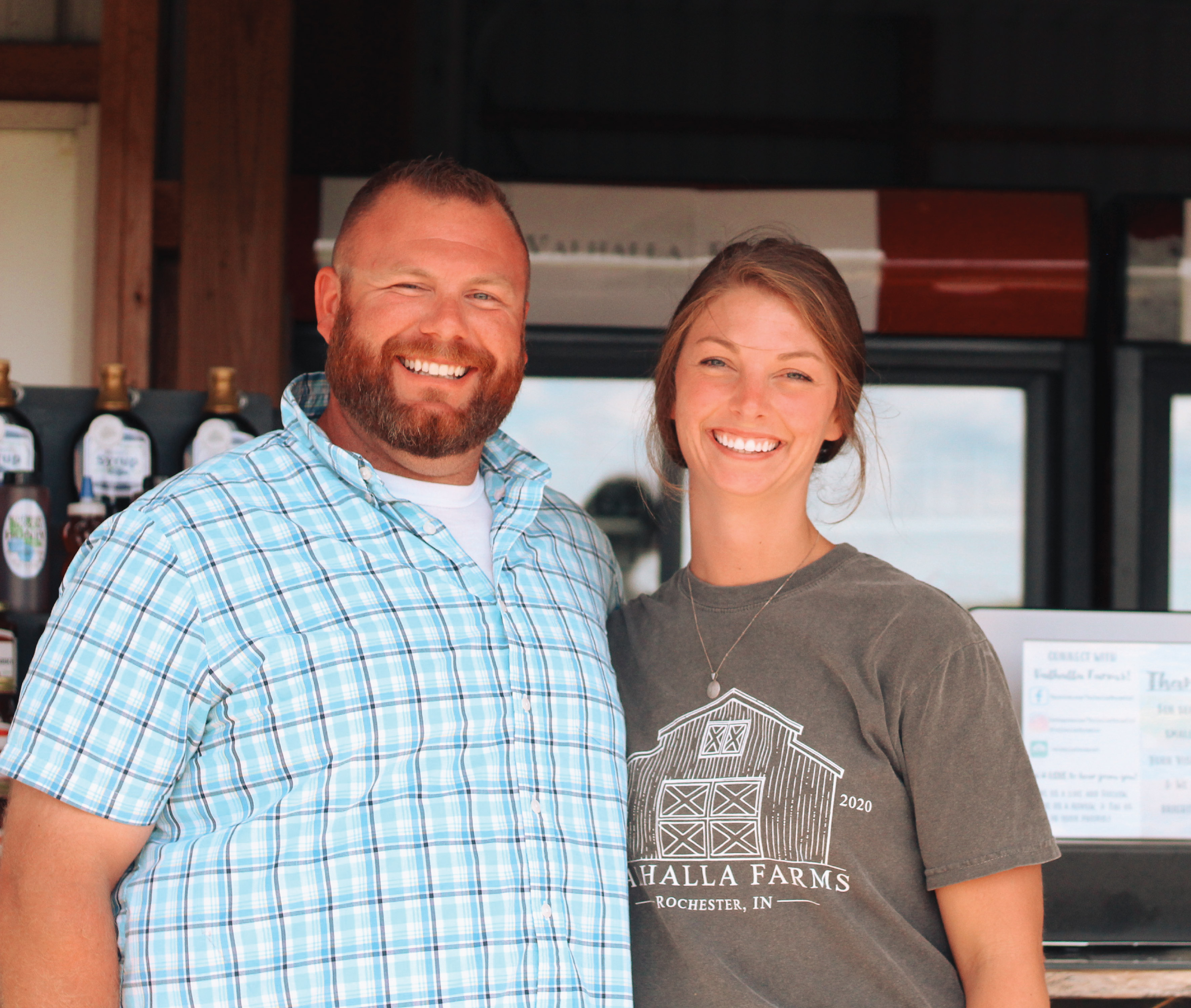Indiana agriculture
Join Indiana Farm Bureau
Indiana agriculture is strongest when we stand together. As a member of Indiana Farm Bureau, you help amplify the voice of farmers, protect rural communities and shape policies that keep agriculture growing.



Indiana Farm Bureau has robust advocacy efforts at the local, state and national levels. While INFB's well-respected lobbyists push through state legislation, on-the-ground teams assist individual farmers with local concerns. Members, leaders and staff also advocate in Washington to make sure federal policy favors farmers and agriculture.
Agriculture in the Classroom is a grassroots agricultural outreach program for school children in grades Pre-K through 12, facilitated by Indiana Farm Bureau and coordinated nationwide by the United States Department of Agriculture. This program helps kids understand where the food they eat is grown and how important farmers are to their daily lives.
Indiana Farm Bureau's Young Farmers and Ag Professionals program is dedicated to finding those who have a passion for agriculture and a hunger to learn more. We cultivate members to become the next generation of agricultural leaders through leadership development, awards, competitions and networking.
Your Indiana Farm Bureau membership gives you access to more than 250,000 offers such as discounts on hotels, rental cars, vacations, flowers, restaurants, movies, electronics, equipment, vehicles and more. Using just one of these offers can save you more than the cost of your annual membership.





Indiana Farm Bureau unites 260,000 families with one shared goal: protecting and enhancing the future of agriculture. Our members are committed to keeping rural communities growing strong.
Apr 19, 2022, 09:23 by Hoosier Ag Today
The Hoosier Farmer is a monthly newspaper that covers agricultural issues from every angle. The paper covers local, state and national news, and provides updates about the work our lobbyists do on your behalf.
My Indiana Home is a quarterly magazine mailed to all Indiana Farm Bureau members. It brings you features on Indiana farmers and provides you with recipes, travel ideas and all things Hoosier.

Colleen Settle
Senior Public Relations Manager - Brand

Heidi Gant
Senior Public Relations Manager - Public Policy